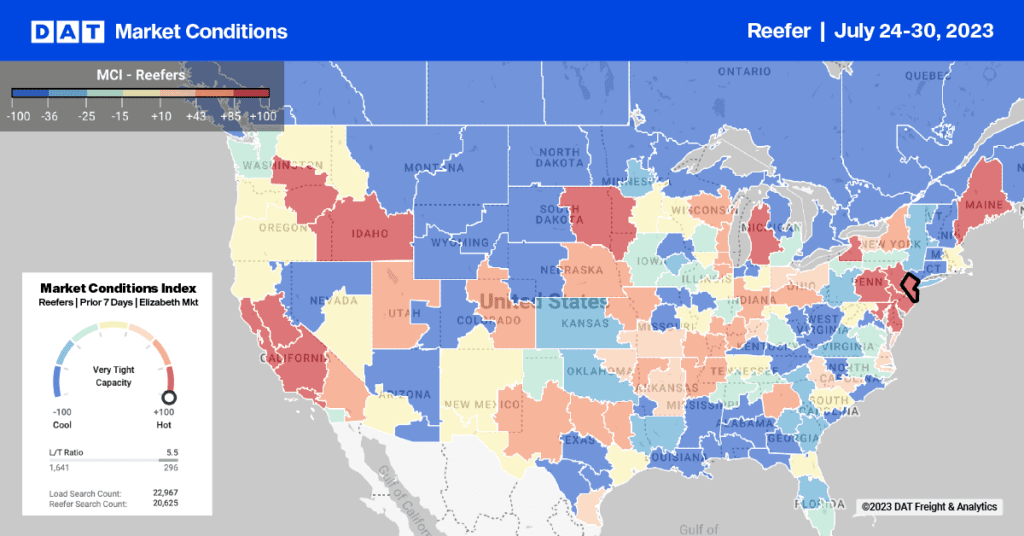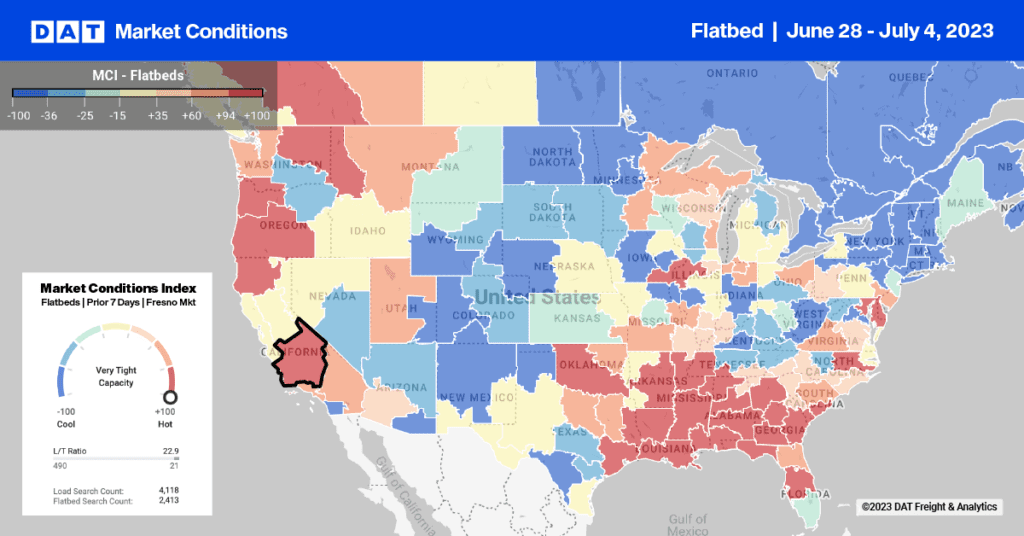The economy is not recovering fully in 2012, but it’s not in recession, either. U.S. Gross National Product (GDP) is set to increase by 1.9% to 2.3% in 2012. In January, we agreed with economic forecasts that pegged this year’s GDP growth at 2.3%. Right now, it’s looking like the optimistic scenario. Here are the quarterly numbers so far:
• Q3 = 2.7% (estimated)
• Q2 = 1.3% (revised, from estimate of 1.5%)
• Q1 = 1.9% (revised, from estimate of 2.2%)
Q4 and Christmas shopping look solid. Optimists, including myself, anticipate a fourth quarter GDP increase of 2.5% or higher, but probably no more than 3% above Q4 2011. The holiday retail season started out strong during Thanksgiving weekend, and analysts expect a 3.5% to 4% gain for retail over last year, according to Deloitte. While that would be disappointing compared to last year’s 5.9% increase, the surge in shopping should give the economy a welcome lift.
The drought and Hurricane Sandy are wild cards, in terms of their effect on the economy. Storm recovery and relief led to increased economic activity in the short term, but property loss and rebuilding will hit the balance sheet in 2013 and beyond. Lost lives are irreplaceable, many businesses will struggle or fail, and even those who survived relatively unscathed may forego luxuries to focus on rebuilding the communities that were hardest hit. The drought ruined crops and led farmers to slaughter livestock early. There was a reduction in spring and summer produce yields throughout the center of the country, and it is not certain whether or how next season’s plantings will be affected. California crops did not suffer from drought, and as the biggest produce-growing state, its normal harvests cushioned the impact of the drought on consumers. In the transportation sector, reefer demand during the peak season of 2012 was not the subject of the usual hysteria, and reefer rates climbed only 2.3% on a year-over-year basis. This may change in 2013, as the California Air Resources Board (CARB) emissions standards will be in effect for the full year, and it will cost more to operate reefers in the Golden State. Another drought-related effect on transportation was a shift of barge freight to trucks and trains, when low water levels made rivers inhospitable to barge traffic.
A projected 3% increase in for-hire truck tonnage doesn’t come close to the 5.7% growth we saw in 2011. On the bright side, however, the tepid economy may have kept freight rates stable and delayed the feared impact of a looming driver shortage. Post-Sandy relief and an extended holiday freight season may give the transportation sector an additional boost in the fourth quarter. Meanwhile, sales are up for Class 8 trucks, but just enough to replace outdated equipment. I’ve spoken to some of our large carrier customers, and they are reluctant to add to their fleets until they are confident that the return on assets will justify the increased costs. They’ll need drivers in those new seats, too – which brings me to my next point…
Drivers are still in short supply, but the cavalry is on the way. Literally. A new Federal law, passed in October, makes it easier for military service members to obtain commercial driver licenses (CDLs) that will be valid when they return to their home states in civilian life. It is not clear how many new civilian truck drivers will be hired as a result of this law, but it can’t hurt. As soon as the economy turns a corner, any major increase in trucking freight will increase the severity of the driver shortage. Driver turnover is higher than ever, well above 100% at large truckload carriers and up to 94% among small fleets.
Rates responded to seasonal demand throughout the year, but the national averages didn’t move much. In fact, the overall increases in spot market line haul rates – 1.4% for flatbed, 1.8% for van and 2.3% for reefers – failed to keep up with inflation, which is pegged at 2.2% for the year. Fuel prices bounced around, exceeding $4.15 per gallon in March and again in October, but the $3.96 average for the year to-date is only 3% higher than the same period in 2011. (Note: Rates reflect monthly national average rates on the spot market, as recorded in DAT Truckload Rate Index, and may vary substantially by season, region and lane.)
There are two additional articles in the 2012 Year-End Review series, one about the new regulations that affect trucking and another that focuses on supply chain trends.


